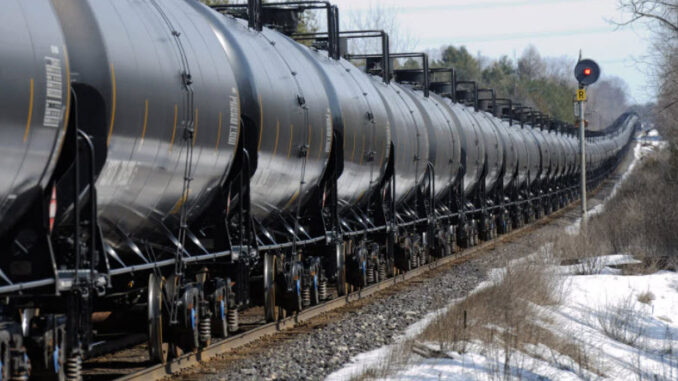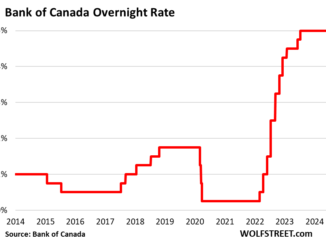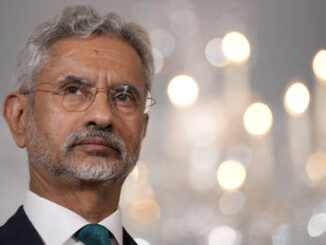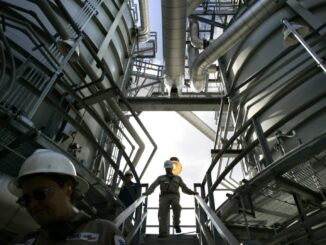
Energy News Beat Publishers Note: The environment would have been dramatically less impacted transporting the oil through the Keystone Pipeline rather than rail cars. Pipelines are needed for the migration to “Green” and are overlooked by short-sided politics. The “Balanced Diet of Energy” includes wind, solar, nuclear, fossil, hydrogen, nuclear. This also includes delivering the lowest kWh at the least impact to the enviornment.
Canadian Crude by rail exports fell by nearly 40 per cent in 2020, averaging 172,013 barrels per day (b/d), compared to 280,272 b/d in 2019, according to the Canada Energy Regulator (CER).
While the OPEC+ price war played a role in the initial drop of oil production in 2020, the COVID-19 pandemic caused lower oil demand and a continued drop in crude oil production in Western Canada leading to excess pipeline capacity and lower volumes of crude oil being shipped via rail for much of 2020.
Crude-by-rail exports reached a historic high of 411,991 barrels per day (b/d) in February 2020 only to drop to an eight-year low in July of 38,867 b/d. Demand continues to gradually recover with crude-by-rail volumes increasing 10 per cent between November and December 2020. December volumes reached 190,454 b/d but still fell short of the 347,136 b/d shipped in December 2019.
Uncertainty remains in the near future due to the ongoing pandemic. The impacts to future Canadian crude oil exports will depend on how long it takes economies to rebound to pre-COVID levels. Exports by rail will also depend on price differentials, which have remained relatively narrow due to high demand for Canadian heavy crude oil in export markets.
The CER regulates the export of crude oil and petroleum products. Export orders or licences are required to export these commodities from Canada and holders of these authorizations report monthly volumes to the CER.
Quick Facts
- January 2020 crude-by-rail numbers reached a high of 403,767 barrels per day, the first time crude oil exports by rail had surpassed the 400,000 mark.
- After setting record highs to start the year, volumes fell over 90% before rebounding significantly through the end of the year.
- In 2020, approximately 88% of crude oil exports moved by pipeline and the remaining crude oil moved by marine (7%), rail (5%)and truck to the U.S. or to various destinations throughout the world.
- More than 97% of Canadian crude oil exported goes to the U.S.
- Total crude oil exports in 2020 were 3.7 MMb/d (584 10³m³/d), a decrease of 2% compared to 2019.






